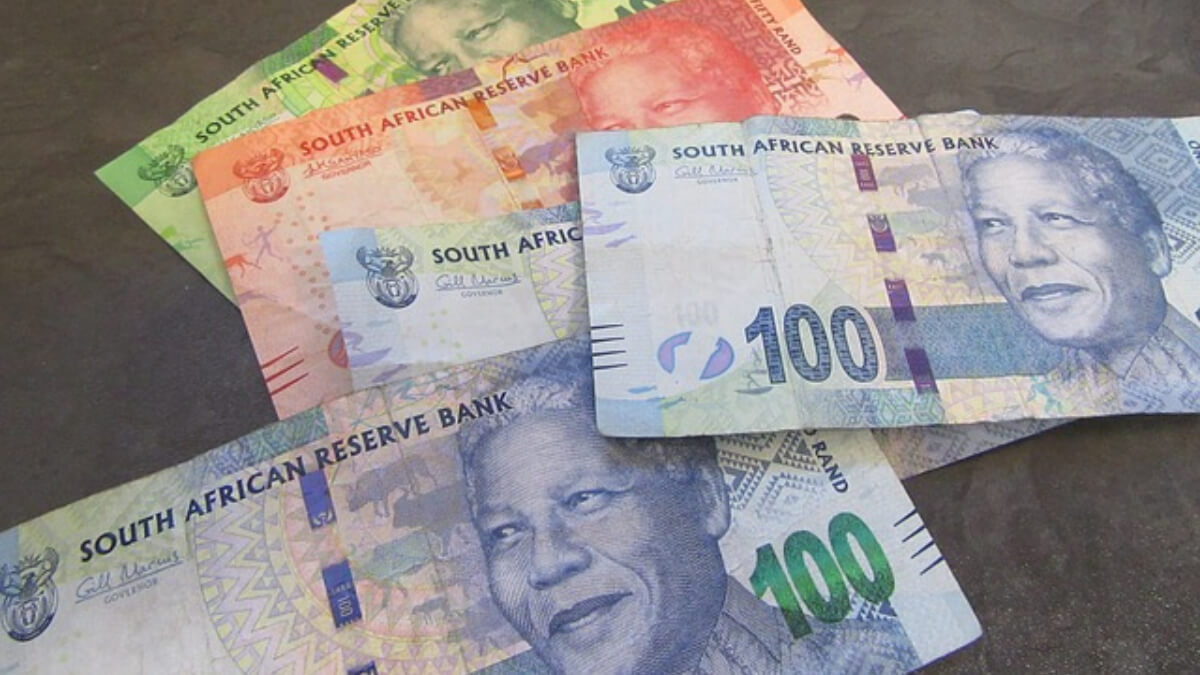Boost Your Credit Score: The Ultimate Guide to Achieving a Stellar Credit Rating
Boost Your Credit Score

Understanding credit scores
In order to navigate the complex world of credit scores, it is important to have a clear understanding of what they are and how they work. A credit score is a numerical value that represents an individual’s creditworthiness, based on their past financial behavior. In South Africa, credit scores are generated by credit bureaus, which are independent organizations that collect and analyze credit information. These scores play a crucial role in determining whether or not an individual will be approved for credit, such as loans or credit cards.

The importance of a good credit score
Having a good credit score is essential for financial success. A high credit score not only increases the chances of being approved for credit, but it also enables individuals to secure loans at favorable interest rates. On the other hand, a poor credit score can make it difficult to access credit or result in higher interest rates and less favorable loan terms. Lenders and financial institutions use credit scores as a way to assess the risk level of potential borrowers, and a good credit score signals that an individual is financially responsible and trustworthy.
Factors that affect your credit score
Various factors contribute to the calculation of a credit score.The most important factor is payment history, which includes the timeliness of debt repayments and any late or missed payments. The amount of debt owed, also known as credit utilization, is another significant factor. It is recommended to keep credit utilization below 30% of the available credit limit. The length of credit history, types of credit used, and recent credit applications also impact the credit score. Understanding these factors and their weightage can help individuals make informed decisions to improve their credit score.
How to check your credit score
Checking your credit score regularly is a crucial step towards maintaining a good credit rating in South Africa. Fortunately, it is easy to access this information. There are several credit bureaus in South Africa, such as TransUnion, Experian, and Compuscan, that provide credit reports and scores. Individuals are entitled to one free credit report per year, as mandated by the National Credit Act. These reports can be requested online or by contacting the respective credit bureau directly. It is important to review the report for any errors or discrepancies and to address them promptly with the credit bureau.
Tips for improving your credit score
Improving a credit score requires time and effort, but it is definitely achievable with the right strategies. One of the most effective ways to boost a credit score is to make timely payments on all debts. Set up automatic payments or reminders to ensure that payments are never missed or delayed. Paying more than the minimum amount due can also have a positive impact on the credit score. Additionally, reducing credit utilization by paying down debts can significantly improve the credit score. It is important to avoid opening unnecessary credit accounts or closing existing ones, as this can negatively affect the credit score.
Best practices for managing your credit
Managing credit responsibly is key to maintaining a good credit rating . It is important to create a budget and stick to it, ensuring that all financial obligations are met on time. Regularly reviewing credit reports from different bureaus can help identify any discrepancies or fraudulent activity. Limiting the number of credit applications and diversifying credit types can also contribute to a better credit score. Finally, it is crucial to communicate with lenders and creditors if facing financial difficulties, as they may be willing to work out a repayment plan or provide assistance.
Common credit score myths debunked
There are several myths surrounding credit scores that need to be debunked. One common myth is that checking one’s own credit score will have a negative impact. In reality, checking your own credit score has no effect on the score itself. Another myth is that closing credit accounts will improve the credit score. In fact, closing accounts can potentially lower the score, as it reduces the available credit limit. It is important to separate fact from fiction when it comes to credit scores and make informed decisions based on accurate information.
How to maintain a stellar credit rating
Maintaining a stellar credit rating in South Africa requires ongoing effort and attention. It is crucial to continue practicing good financial habits, such as making timely payments, keeping credit utilization low, and avoiding unnecessary debt. Regularly reviewing credit reports and addressing any errors or discrepancies is also important. It is advisable to limit the number of credit applications and to only borrow what is necessary. By consistently following these practices, individuals can maintain a high credit score and enjoy the benefits that come with it.
The role of credit bureaus
Credit bureaus play a significant role in the credit scoring process .They collect and analyze credit information from various sources, including financial institutions and creditors. Their primary function is to generate credit reports and credit scores for individuals. Credit bureaus also play a role in protecting consumer rights, as they are required to handle personal information responsibly and ensure accuracy in credit reports. Individuals can contact credit bureaus to dispute any inaccuracies in their credit reports and have them corrected.
Conclusion: Taking control of your credit score
In conclusion, understanding and managing one’s credit score is crucial for financial success. A good credit score opens doors to better loan terms and interest rates, while a poor credit score can limit financial opportunities. By understanding the factors that affect credit scores, regularly checking credit reports, and practicing good financial habits, individuals can take control of their credit scores and achieve a stellar credit rating. It is important to be proactive in managing credit and to seek assistance when needed. With the right knowledge and strategies, anyone can boost their credit score and pave the way towards a brighter financial future.




